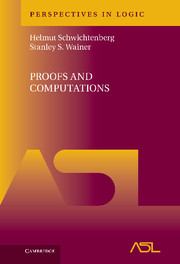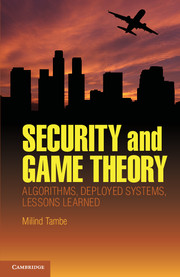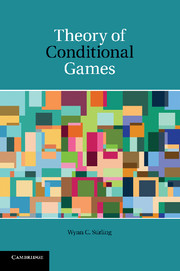Refine search
Actions for selected content:
48289 results in Computer Science
The Garden of Adumbrations: Reimagining environmental composition1
-
- Journal:
- Organised Sound / Volume 17 / Issue 3 / December 2012
- Published online by Cambridge University Press:
- 11 January 2012, pp. 202-210
- Print publication:
- December 2012
-
- Article
- Export citation
Evocative Listening: Mediated practices in everyday life1
-
- Journal:
- Organised Sound / Volume 17 / Issue 3 / December 2012
- Published online by Cambridge University Press:
- 11 January 2012, pp. 216-222
- Print publication:
- December 2012
-
- Article
- Export citation
Sound, Listening and Place: The aesthetic dilemma
-
- Journal:
- Organised Sound / Volume 17 / Issue 3 / December 2012
- Published online by Cambridge University Press:
- 11 January 2012, pp. 193-201
- Print publication:
- December 2012
-
- Article
- Export citation
Voicing Nature in John Luther Adams's The Place Where You Go to Listen
-
- Journal:
- Organised Sound / Volume 17 / Issue 3 / December 2012
- Published online by Cambridge University Press:
- 11 January 2012, pp. 230-239
- Print publication:
- December 2012
-
- Article
- Export citation
Editorial
-
- Journal:
- Organised Sound / Volume 17 / Issue 3 / December 2012
- Published online by Cambridge University Press:
- 11 January 2012, pp. 191-192
- Print publication:
- December 2012
-
- Article
-
- You have access
- HTML
- Export citation
Examining the Place of Music in Western Eco-cosmology, with Implications for Electroacoustic Musical Practice
-
- Journal:
- Organised Sound / Volume 17 / Issue 3 / December 2012
- Published online by Cambridge University Press:
- 11 January 2012, pp. 240-247
- Print publication:
- December 2012
-
- Article
- Export citation
The Ecology of Listening while Looking in the Cinema: Reflective audioviewing in Gus Van Sant's Elephant
-
- Journal:
- Organised Sound / Volume 17 / Issue 3 / December 2012
- Published online by Cambridge University Press:
- 11 January 2012, pp. 248-256
- Print publication:
- December 2012
-
- Article
- Export citation
‘For the Birds’:1 A sound installation
-
- Journal:
- Organised Sound / Volume 17 / Issue 3 / December 2012
- Published online by Cambridge University Press:
- 11 January 2012, pp. 211-215
- Print publication:
- December 2012
-
- Article
- Export citation
Sonic Menageries: Composing the sound of place
-
- Journal:
- Organised Sound / Volume 17 / Issue 3 / December 2012
- Published online by Cambridge University Press:
- 11 January 2012, pp. 223-229
- Print publication:
- December 2012
-
- Article
- Export citation
When the answer comes into question in question-answering: survey and open issues
-
- Journal:
- Natural Language Engineering / Volume 19 / Issue 1 / January 2013
- Published online by Cambridge University Press:
- 10 January 2012, pp. 1-32
-
- Article
- Export citation
A fast and flexible architecture for very large word n-gram datasets
-
- Journal:
- Natural Language Engineering / Volume 19 / Issue 1 / January 2013
- Published online by Cambridge University Press:
- 10 January 2012, pp. 61-93
-
- Article
- Export citation

Elementary Cryptanalysis
- A Mathematical Approach
-
- Published by:
- Mathematical Association of America
- Published online:
- 05 January 2012
- Print publication:
- 01 July 2009
-
- Book
- Export citation

Proofs and Computations
-
- Published online:
- 05 January 2012
- Print publication:
- 15 December 2011

Security and Game Theory
- Algorithms, Deployed Systems, Lessons Learned
-
- Published online:
- 05 January 2012
- Print publication:
- 12 December 2011

Theory of Conditional Games
-
- Published online:
- 05 January 2012
- Print publication:
- 19 December 2011
REC volume 24 issue 1 Cover and Front matter
-
- Article
-
- You have access
- Export citation
